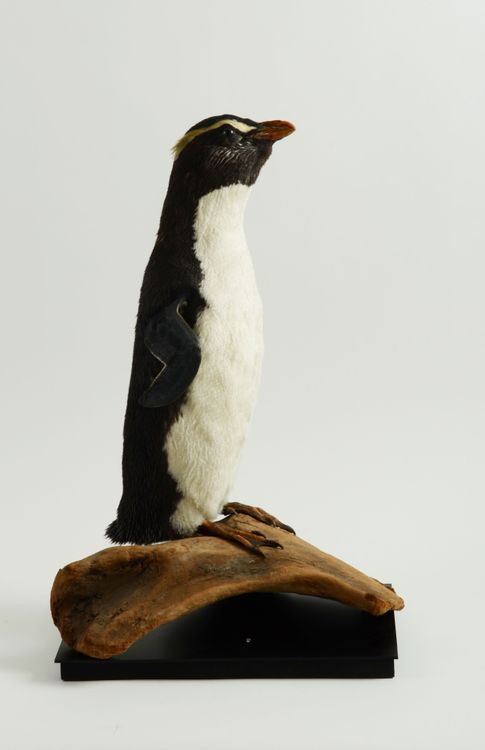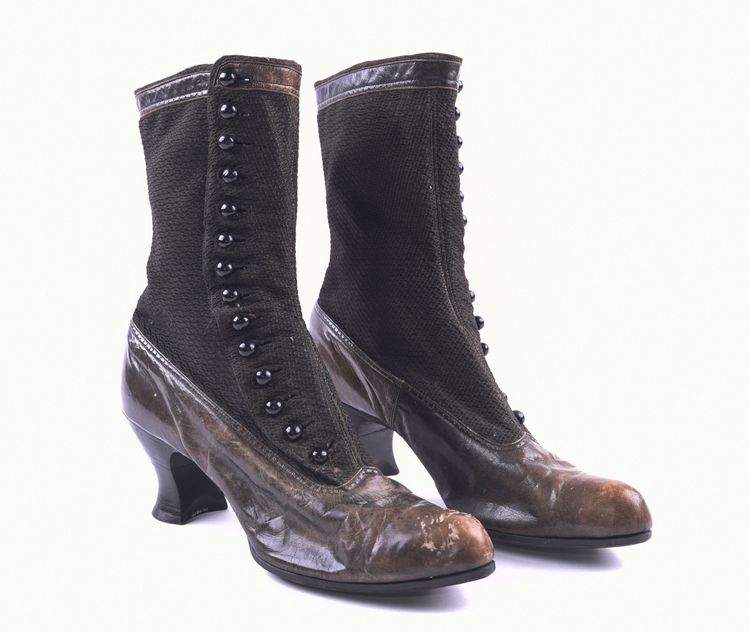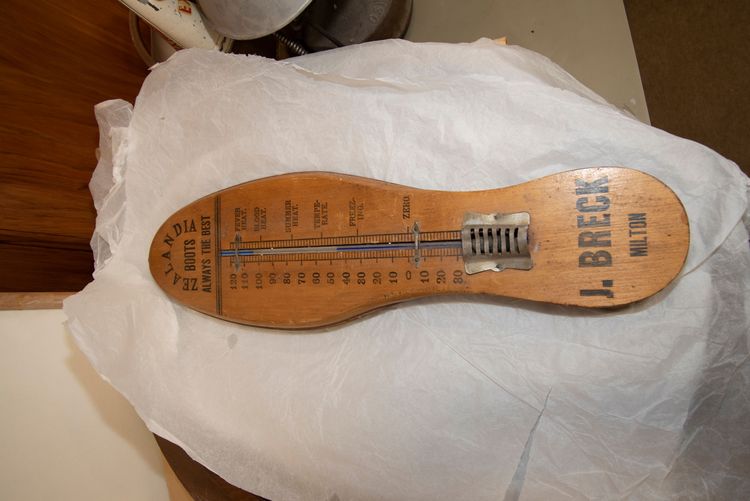Mercury
Mercury is the only naturally occurring metal that is liquid at room temperature. It was used in its elemental form in thermometers, barometers, sphygmomanometers, and mercury switches.
 By what other names is mercury known?
By what other names is mercury known?
Mercury was also called quicksilver, and it gets its chemical symbol Hg from its Greek name hydrargyrum. This a contraction of the words “silver water,” which is a marvellous description of mercury.
Amalgam, used in dentistry, also contains mercury, and mercury can be found in many chemical compounds. The most toxic of these is methylmercury.
 Why is mercury a hazard we need to think about?
Why is mercury a hazard we need to think about?
Mercury is very toxic in aerosols and in some of its chemical forms. It is a neurotoxin that can be inhaled, ingested, or absorbed in its methylmercury form, and the vapour of the elemental form can also be inhaled when mercury is spilt.
Symptoms include: pins and needles, loss of vision, tremors, muscle weakness, headaches, and mood swings. Children exposed to methylmercury while they are in the womb can have their cognitive thinking, memory, attention, language, fine motor skills, and visual spatial skills impacted.
 Where might we find mercury?
Where might we find mercury?
Mercury can be found in significant amounts in taxidermy specimens, especially those that were produced before 1980.
It may be found in old dentistry displays, old thermometers, barometers, sphygmomanometers, and mercury switches.
Mercury was a major component of many pesticides used from the early to mid-20th century. Museum staff would often preserve natural science and museum collections by spraying with mercury-based pesticides as an anti-fungal agent.
The reason mercury and other heavy metals such as arsenic and lead were used as a preservative and in taxidermy, is that because they are so toxic, they stop insects and other pests from damaging the items.
 How can we confirm that we have mercury?
How can we confirm that we have mercury?
The use of a hand-held x-ray fluorescence (pXRF) analyser is a great non-damaging way of testing your items for mercury and other heavy metals.
Tūhura Otago Museum would be happy to help if you think you have mercury present in your collection, we use a pXRF analyser on a regular basis.
 What does the law say about mercury?
What does the law say about mercury?
Health and Safety at Work Act 2015 strictly limits the heavy metal exposure of workers and also gives a duty of care to museums to ensure that their staff and patrons are not harmed.
The Workplace Exposure Standard (TWS) for Mercury is 0.025mg/m3.
You can learn more about your H & S responsibilities and how workplace exposure limits are determined by going to Understanding Workplace Exposure Standards
 What do museums, galleries, libraries, and archives have to do if they have mercury?
What do museums, galleries, libraries, and archives have to do if they have mercury?
Ensure your institution has a H & S plan that includes the following points:
- Identifying and labelling mercury-containing materials. This should include items you suspect of containing mercury but haven’t confirmed.
- Assessing the risks from your mercury-containing exhibits
- Processes for accidents, incidents, emergencies, and disposal concerning any items containing mercury
- Documenting staff training and keeping secure medical records
If you have items containing elemental mercury (thermometers, switches etc.), consider having a mercury spill kit on site.
You can learn more about health and safety plans by going to General H&S Management Plan
 How can institutions manage mercury in their collections?
How can institutions manage mercury in their collections?
Once you have identified and assessed any risks, then you mitigate the risk. You can ensure that the public are unable to handle any taxidermy items or other collection items that are known to contain mercury or other heavy metals.
Keep an inventory of your items that contain mercury and other heavy metals so that staff are aware of which items are potentially hazardous and know how to handle the items.
If staff are going to be regularly handling items that contain mercury, you may wish to medically monitor mercury levels in your staff. You will have to seek the advice of an environmental GP.
 Tips for managing mercury-containing items in your collection
Tips for managing mercury-containing items in your collection
This is a possible plan of action if you are going to test and/or move a number of items containing mercury: • Test staff and a control group for baseline levels • Set up a recording and testing space • Ensure that you have the correct PPE for the staff doing the testing • Record and test (note where on the exhibit you have tested) • Once you have the test results, label the exhibit accordingly • Write procedures for storing, handling, and displaying exhibits • Retest staff after testing/cataloguing is complete
Plan ahead: • Consider what to do with exhibits that test strongly positive • Consider where to store staff medical records • Consider what actions to take if staff show elevated heavy metal levels
 If museums wish to dispose of any items containing mercury, how can they do this safely?
If museums wish to dispose of any items containing mercury, how can they do this safely?
If you wish to dispose of any heavy metal items, contact a WorkSafe-accredited company or the friendly Collections team at Tūhura Otago Museum for advice.
WorkSafe encourages PCBUs to use the services of consultants who are listed on the HASANZ Register.



